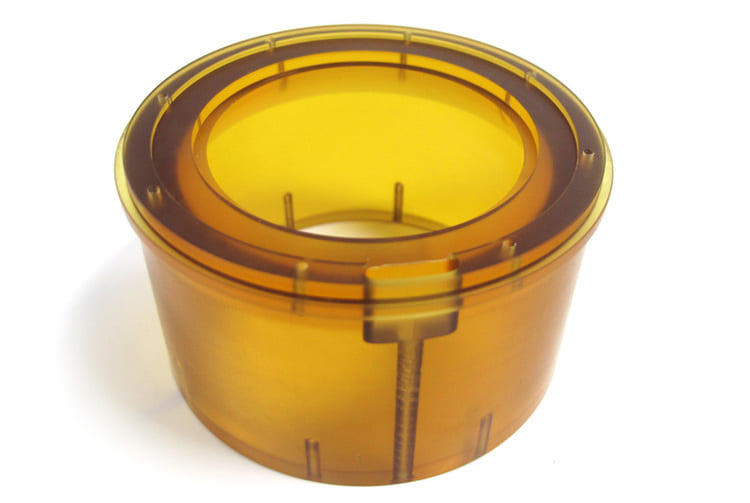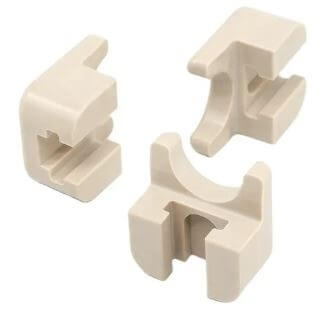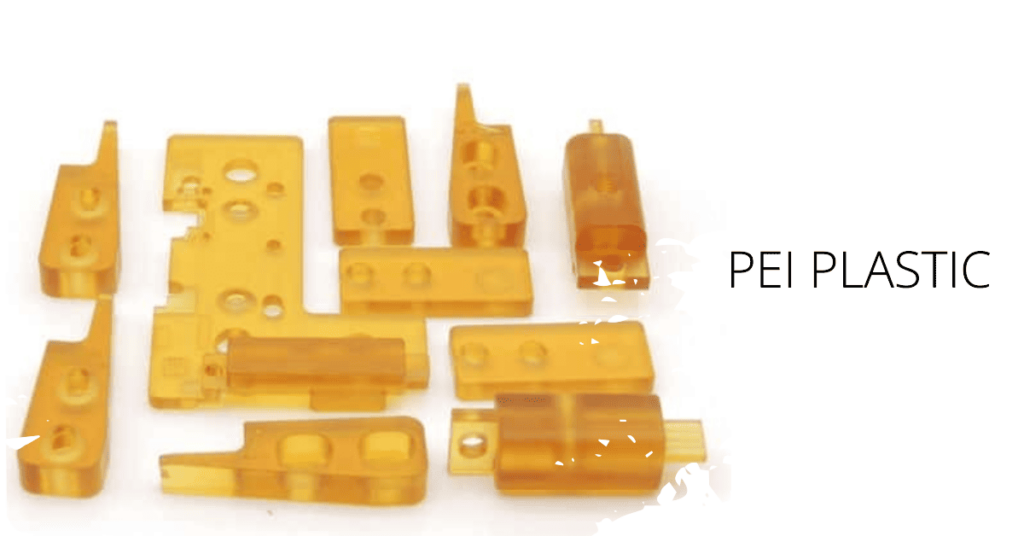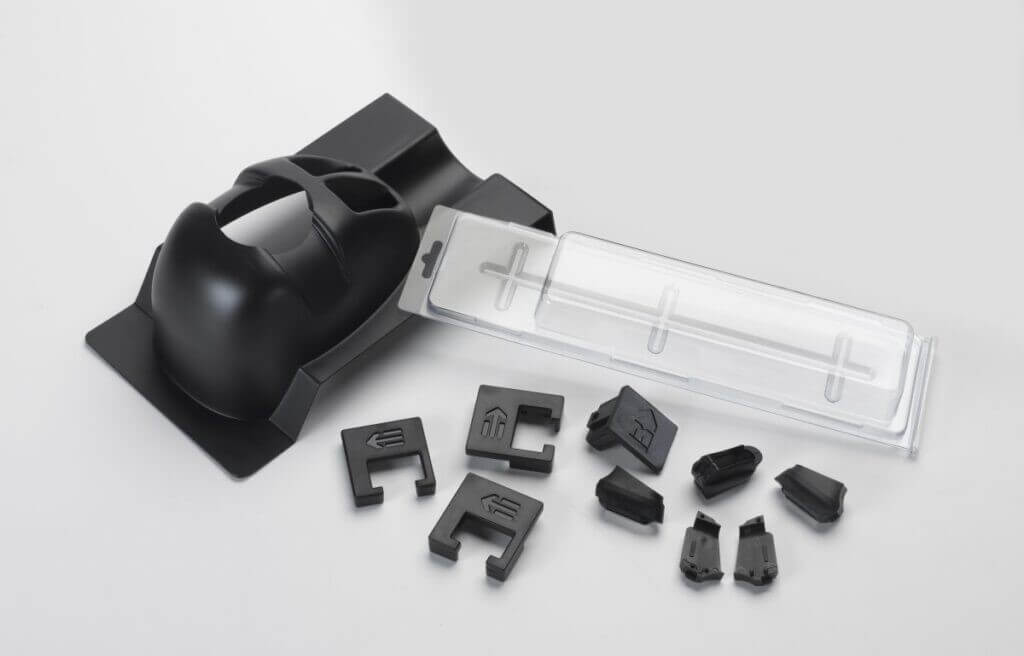Advantages of PEI Plastics
Polyetherimide (PEI) is highly valued across a wide range of industries for its unique combination of properties that not only give it an advantage over other thermoplastics, but also make it suitable for demanding applications that other materials may not be able to meet.
1.High Temperature Resistance
One of PEI’s outstanding properties is its ability to withstand high temperatures. Its impressive 217°C glass transition temperature and 247°C melting temperature means that it can maintain structural integrity in conditions where other plastics would deform, melt, or degrade. This temperature resilience is due to its molecular structure, which provides stability even when exposed to prolonged high temperatures.

2.Excellent Mechanical Strength
PEI’s mechanical properties are derived from its high tensile strength and modulus. The tensile strength is approximately 85 MPa, which means it can withstand considerable stress before it starts to deform or break. The inherent flexibility of this polymer combined with its strength ensures that it will not easily shatter or break, even under high pressure or impact.
3.Excellent Chemical Resistance
In many industrial applications, materials are often exposed to a variety of chemicals that can be corrosive or reactive. PEI’s chemical resistance is one of its important properties. It is unaffected by a wide range of chemicals, including acids, bases, and organic solvents. This resilience ensures longevity even in chemically aggressive environments.

4.Inherent Flame Retardancy
Safety is critical in many industries, especially in areas such as aerospace and electronics. PEI’s natural flame retardancy means it does not burn easily. Not only does it resist ignition, but it does not release toxic fumes when exposed to fire, making it a top choice for applications where flame safety is critical.

5.Impressive Electrical Insulation
While electrical properties are often overshadowed by mechanical properties, PEI’s electrical insulation capabilities deserve attention. With a dielectric strength of 14 kV/mm, it effectively resists the flow of electrical current, making it an ideal choice for electronic components and insulators.
